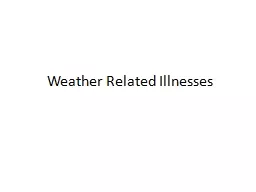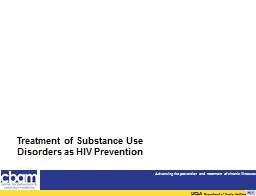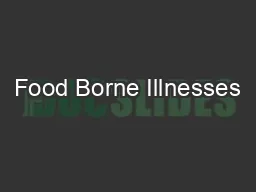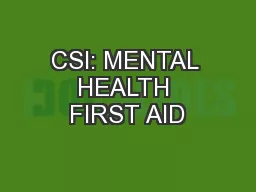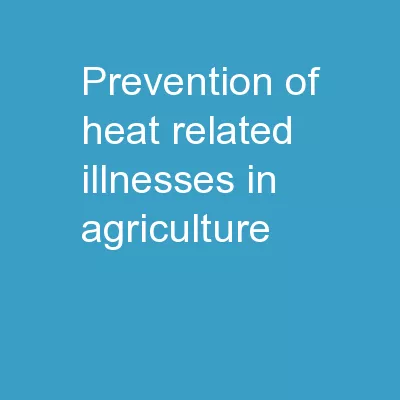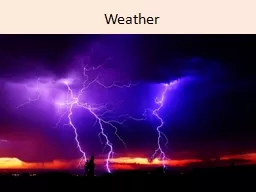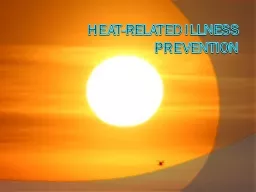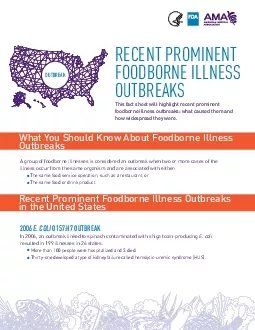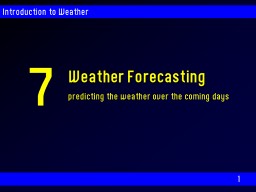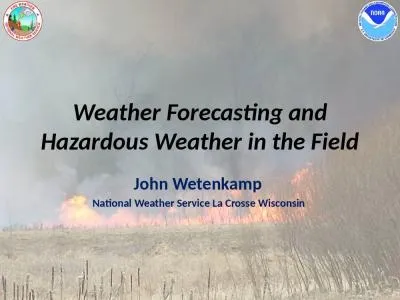PPT-Weather Related Illnesses
Author : CherryBlossom | Published Date : 2022-08-03
Heat Related Illnesses Exposure to abnormal or prolonged amounts of heat and humidity without relief or adequate fluid intake can cause various types of heatrelated
Presentation Embed Code
Download Presentation
Download Presentation The PPT/PDF document "Weather Related Illnesses" is the property of its rightful owner. Permission is granted to download and print the materials on this website for personal, non-commercial use only, and to display it on your personal computer provided you do not modify the materials and that you retain all copyright notices contained in the materials. By downloading content from our website, you accept the terms of this agreement.
Weather Related Illnesses: Transcript
Download Rules Of Document
"Weather Related Illnesses"The content belongs to its owner. You may download and print it for personal use, without modification, and keep all copyright notices. By downloading, you agree to these terms.
Related Documents

